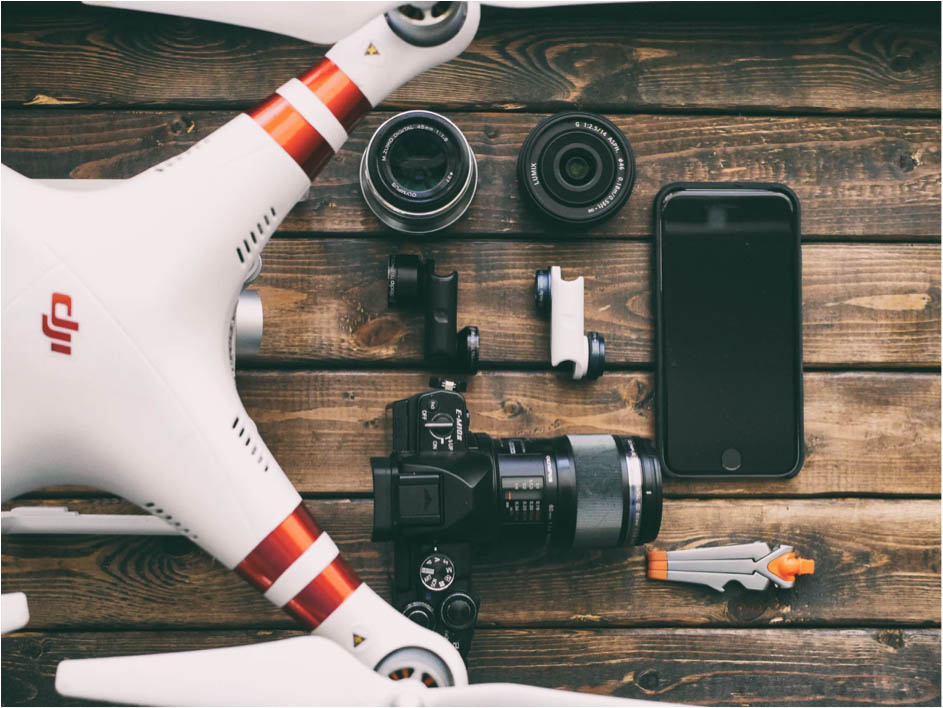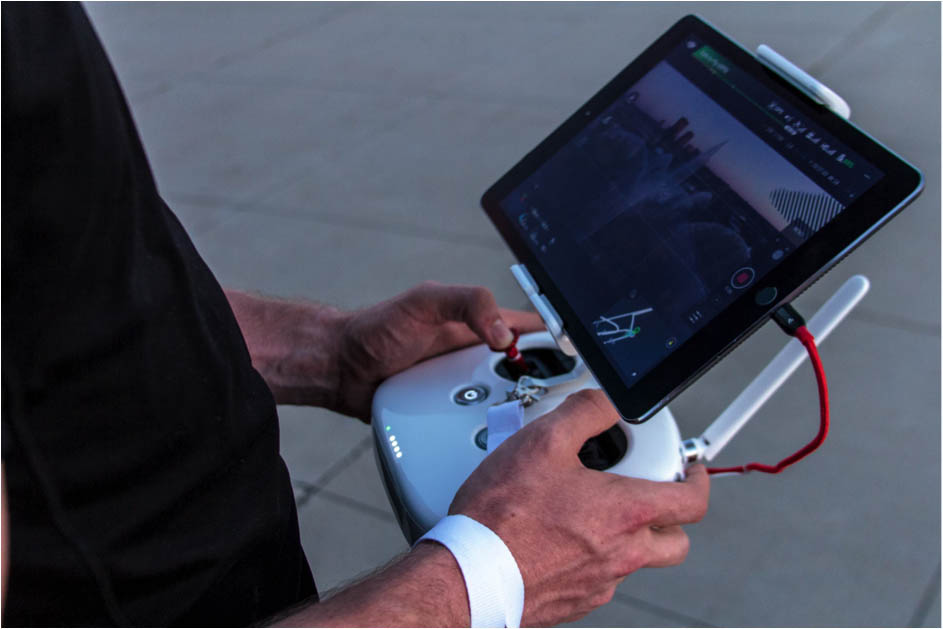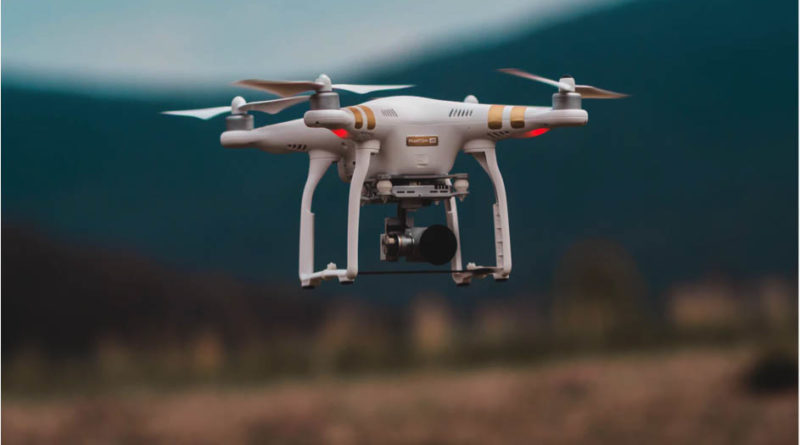3D Printed Drones Are Cost Effective & Great for Custom Parts
The world of 3D printing is certainly a fun one, full of endless creativity and innovation. Many great things have come out of 3D printers in recent times, but our favorite definitely has to be DIY 3D drones.
Drones have been a trend that is growing every day, and 3D printing is the technology that is driving these developments. The 3D printing industry has grown in popularity considerably over the years. According to the people at jawstec.com, 3D printing has made quite a difference in drone production because of how accurate it can be. Drones in particular, have caught the attention of the 3D printing world as they are used for many tasks; for real estate, for surveillance, for delivery of packages or simply for recreational purposes. You can buy an electronic one, or you can simply create one through 3D printers at home or office for much less money.
Some drones are shaped like The Millenium Falcon from Star Wars, themes from Game of Thrones, or even pocket-sized drones.
3D printing defined
3D printing is a material additive modeling process where a computer-aided machine produces a three-dimensional object based on a digital file. At first, 3D printing seemed like a daunting prospect, although, the popularization of 3D printing has led to the simplification of these machines. In recent years, the 3D printing process has evolved into something extraordinary and for everyday use.
How does it work?
The first thing every 3D printer needs is an STL file. These contain a 3D model with a surface comprised of many tiny triangles. It is inserted into a slicer software, where it is divided into layers, and the printing process for the model is translated into GCODE. This GCODE is sort of a code that is read by the 3D printer, allowing the 3D printer to physically produce the model enclosed within the digital STL file.

Making your own 3D drone
The first thing you need to know is 3D printing takes a lot of time, sometimes up to several hours just to print a small-sized part of sufficient quality. Moreover, becoming a pro at 3D modeling and printing requires immense skills that only develop after a lot of practice. In the early stages, frustration is quite common amongst beginners when they try designing the parts they need. But no worries, there are many tutorials online to teach 3D printing, and online websites where you can easily find the STL files you need for 3D printable drone parts. You can download and print them without having to create them yourself (some are free and others you would have to pay for).
If you want to create drone parts using 3D printing technology, there are three things you need to have:
1. A 3D printer.
2. A design model the 3D printer can use to create what you want to print.
3. Rolls of filaments used for raw materials.
The parts you can 3D print for a drone
Every part of a drone can potentially be printed, except for the electronic components. Here are some you can use your 3D printer for:
- Propellers
- Frame
- Landing gear
- Camera mounts
- Antenna holder
- Protective equipment (i.e. prop guards)
- Remote casing
- Battery pack casing
Choosing the best materials
Since you want to print a drone, it’s essential that you choose the right material, because every gram of weight will cost flight time. The heavier the drone is, the faster the drain on its battery. Besides, with a weak construction, navigating the drone properly will be a real pain.
The materials needed for 3D printing drone parts are called filaments. They come on rolls that look like threads of thick fishing line.
3D printing filaments are readily available, even the higher quality ones. You can also spend a little extra on some enhanced filament spools with carbon fiber. The other plastics/materials used for drone parts include PET/PETG, TPU/TPE, PLA, ABS, and Nylon.
In conclusion, most drone hobbyists who get into 3D printing do so as an extension of what they already love to do. 3D printing a drone can be a really enjoyable process if you are patient. On a purely cost-analysis basis, creating drone parts via 3D printing is probably cheaper than buying a drone online. However, this minimal cost per part decreases if you have your very own 3D printer. Just compare the cost of buying a part with the cost of paying for the materials needed, assuming you can download the design model for free.

Now that you’ve got the gist of it, remember that if the parts you are looking for are expensive, or it’s usually custom-made and cannot be purchased, 3D printing is definitely the way to go. If you really want to invest in drone creation as a hobby or professionally, it’s time to invest in a 3D printer.
Check out our articles on robots delivering food in China and Japan’s first Virtual Influencer

